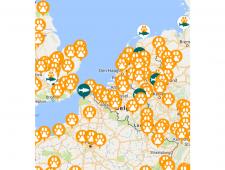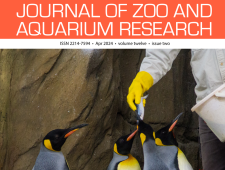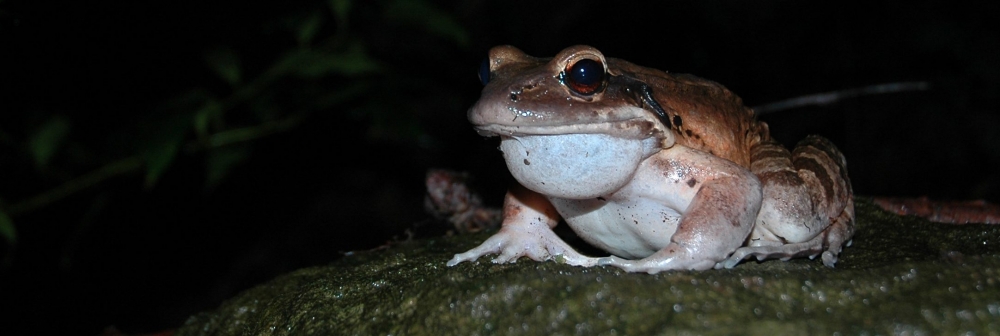Mountain chicken frog
Programme roles
| • Rescue In case of a catastrophe, the EEP will have to be prepared to bring the semi-wild population currently held in enclosures in Montserrat to EAZA institutions. The same applies to the population from Dominica; however, this population is a wild environment and not in a controlled environment. • Population restoration (reintroduction) this is only applicable to part of the population held in Montserrat. Releasing individuals in the Antillean Islands from which the species has disappeared. This approach requires more information on the status of these populations and how reintroduction would affect future releases on Batrachochytrium dendrobatidis (Bd) positive habitats. • Population restoration (reinforcement) Focus on the small populations of Dominica (the only island with wild populations left). This approach requires more information on the status of the remaining populations and how reinforcement might change disease dynamics. • Insurance The EEP population has an insurance role as the wild population is Critically Endangered and extinct from most of its original range. This role is applicable to both groups: quarantine and non-quarantine. • Education (in situ) Promote the value of this species in the region, support conservation initiatives and train amphibian conservationists. Inclusion of the mountain chicken frog into the curriculum as a tool to teach the scientific processes, skills, and reclaiming species as part of the island’s cultural identity through literacy and art. Therefore, there would be an essential element of raising awareness (informal education) about the population recovery and a changing culture from eating and exploiting unsustainably the animals to conserve the frogs. This would include integrating the species into cultural events (e.g., carnival competitions). Education work “in range” is implemented in Montserrat by Jersey Zoo and in Dominica by ZSL and partners. |
|
| • Conservation education (ex situ) Raise awareness and educate visitors about this species and the work done in Montserrat and Dominica. • Capacity Building Training on husbandry and community outreach/awareness for full-time staff in Montserrat. Facilitate the development of further youth programmes and volunteer opportunities with the Mountain Chicken Recovery Programme (MCRP), which feeds into creating an avenue for engagement and future succession into environmental roles on the island. • Fundraising Focus on extensive long-term grants to support some of the EEP roles. Fundraising for ex situ activities depends on the different institutions and is needed. • Ambassador This role can contribute to getting more attention on amphibians as this is a long-term management programme in Montserrat and Dominica since the mid-’90s with a strong component on monitoring, rescue and EEP projects. |
|
| • Exhibit This species can be a potential mixed exhibit species with reptiles, birds and/or mammals. Here is a great story to tell/commitment in conservation to help preserve the species. It is the largest endemic amphibian species in the Caribbean. The Best Practice Guideline offers examples on how to display animals in collections. |
Programme highlights
- There is recovery programme for mountain chicken frogs that is supported by several EAZA members and aims to help protect mountain chicken frogs in their natural habitat. The website has a lot of information about the species.
- The EAZA Amphibian TAG has a closed facebook group for keepers and animal care taking staff.
- EAZA published its 2021 Annual TAG report.







